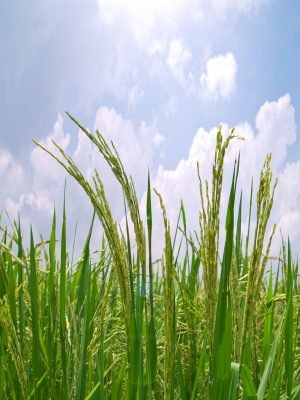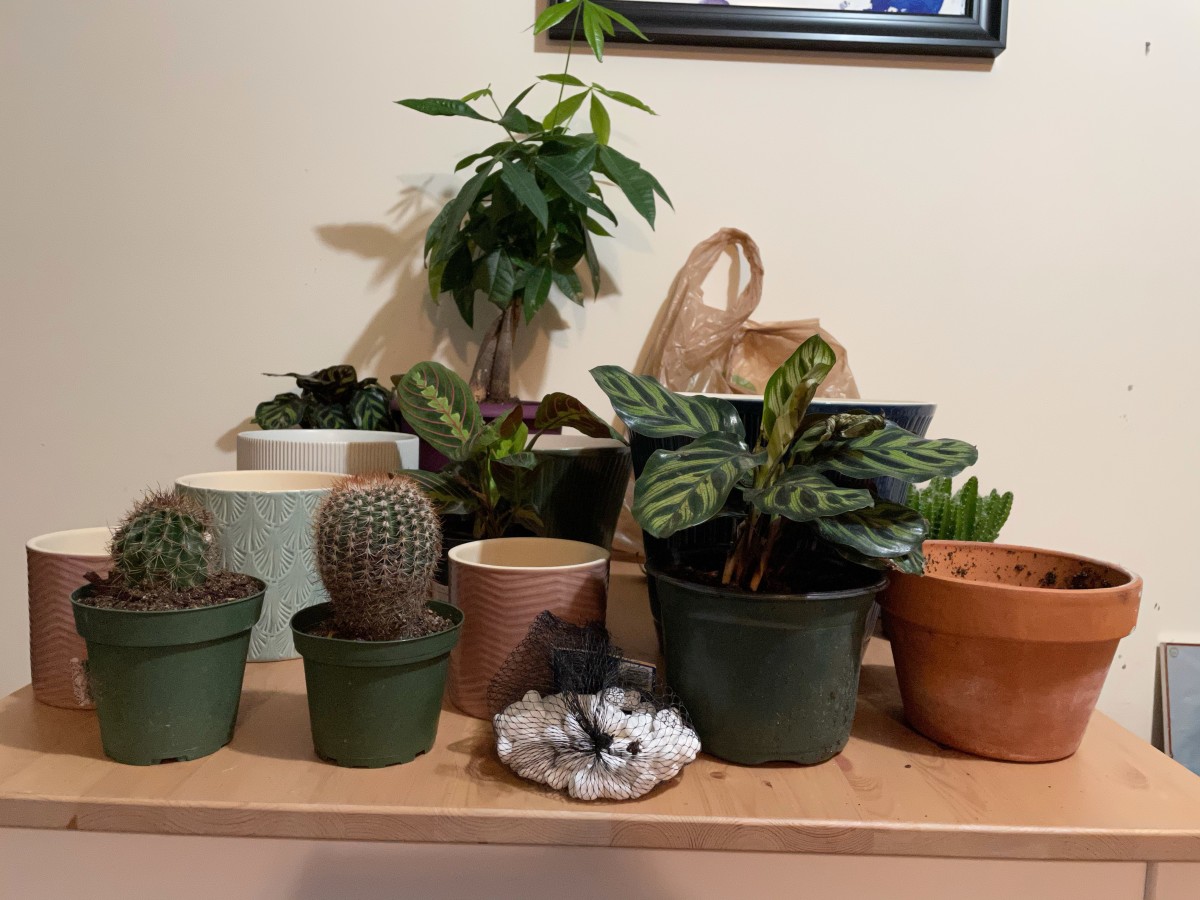Phytoremediation: Using Plants to Clean up Toxic Waste
Phytoremediation - Using Plants to Remediate Polluted Sites
In many cases, remediation of sites with soil or ground water pollution can be done naturally using phytoremediation, which utilizes plants to naturally cleanup toxic waste. Phyto means pertaining to plants, while remediation means correcting an error or a fault. Phytoremediation has become more popular in recent years because of the passive way plants are used to clean up polluted sites and the lower cost of using phytoremediation versus more expensive toxic waste cleanup schemes, such as digging up contaminated dirt and hauling it to a landfill.
Since the creation of United States Environmental Protection Agency (USEPA) in 1970, the United States has embarked on a mission to cleanup (remediate) polluted properties, including the well known Superfund program that addresses the most severely polluted sites. Various remediation methods have been utilized over the years to bring contaminant levels on polluted properties below regulatory thresholds, which in many cases allows properties to be returned to productive uses in the communities in which they are located.
In the early years, remediation of polluted sites consisted of little more than excavating and disposing of contaminated soil at landfills designed and licensed to accept contaminated soil and/or the use of a ground water treatment system to treat ground water contamination (pump and treat), both of which are costly. As the science of pollution remediation has advanced, new remediation methods have been developed that are less intrusive and more economical to implement, among these methods is phytoremediation, which is a passive method of cleaning up certain types of soil contamination.
Phytoremediation – Plants That Clean Up Toxic Waste

How Phytoremediation Cleans Up Toxic Waste
Phytoremediation is the in-situ (in place) treatment of environmental contaminants through the use of plants that remediate the environmental pollution naturally without the need to excavate the contaminated soil and dispose of it off-site or to treat contaminated ground water with a costly treatment system. Phytoremediation can be used to reduce concentrations of metals, pesticides, solvents, explosives, crude oil and its derivatives, and various other contaminants from the soil and ground water that contain them. However, the primary use of phytoremediation is for the treatment of toxic metals in soil.
Phytoremediation utilizes the natural ability of certain plants called hyperaccumulators (such as mustard plants, alpine pennycress, and pigweed) to bioaccumulate, degrade, or render harmless contaminants in soil and ground water. The plants are planted in a contaminated area. As the plants grow and their roots extend into the subsurface, they draw contaminants into their structure, thus removing them from the subsurface. Once the plants have grown to maturity, they are harvested and disposed of in a manner consistent with hazardous waste disposal. In some cases, the metals that have been drawn into the plants are processed and recovered for resale, due to their value, in a process known as “phyto mining”.
Phytoremediation requires a long-term commitment, as the process is dependent on plant growth and numerous plantings and harvesting cycles. The tolerance of the plants to the toxicity of the contaminants they are absorbing and the capacity of the plants to bioaccumulate the contaminants are factors that can limit the effectiveness of phytoremediation. A major limitation of phytoremediation is that its use is limited to the surface area and the depth occupied by the root structures of the plants. The cost of phytoremediation is significantly less than the cost of traditional contaminated site remediation methods, which makes it an attractive alternative for remediation of polluted sites when site conditions are favorable.
Using plants to clean up toxic waste via phytoremediation has proven its worth in the field of environmental remediation and is now an accepted method of remediating contaminated properties. Due to its cost advantages, phytoremediation was utilized to clean up numerous properties that were contaminated in New Orleans by the hurricane Katrina flooding.
See Also: Bioremediation – Using Microorganisms to Cleanup Toxic Waste
This content is accurate and true to the best of the author’s knowledge and is not meant to substitute for formal and individualized advice from a qualified professional.
© 2011 John Coviello






